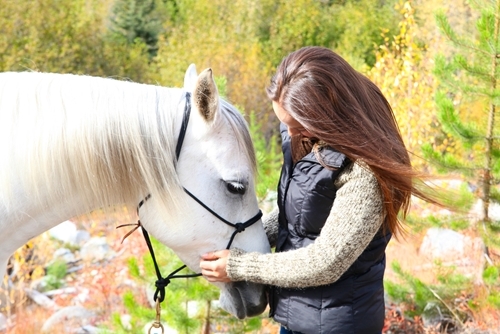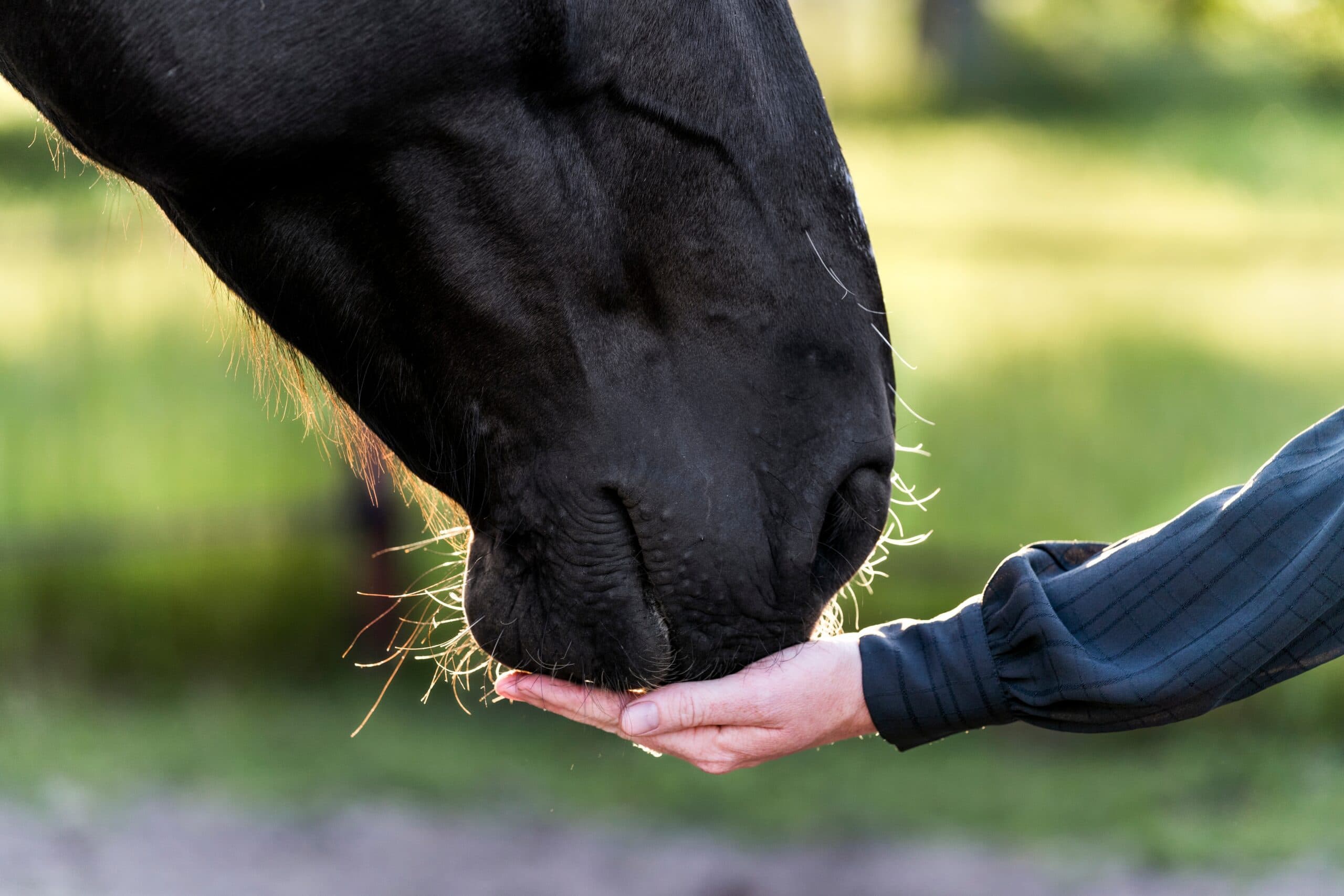Exactly what equipment you use when riding a horse is one of those nagging debates in the equestrian world that doesn’t seem like it will ever be settled. Veterans will tell you elastic rein inserts or martingales are simply crutches that only a beginner would use, while others swear by them. Who’s right?
Michael Jung’s partnership with that young horse was incredible to watch. Not even a martingale on him. Superb piece if riding.
— Equigeek (@Equigeek) September 12, 2015
While this debate is likely not going to end any time soon, recent research suggests there may be a possible answer. A study carried out by Dr. Hayley Randle and Megan O’Neill from Cornwall’s Duchy College has found that the use of martingales can help beginner riders reduce – as well as apply more consistent – rein tension to a horse. This suggests martingales can be a useful educational tool for novice riders.
Keeping track of tension
The reins are essential to helping the rider communicate with the horse, but when improperly used, they can also lead to discomfort for the horse due to too much pressure being applied to its mouth.
“Novice riders may find it difficult to match the horse’s movement and they may rely upon the reins for stability resulting in not only large rein tensions being applied but also inconsistent rein tensions which can lead to confusion for the horse,” Randle said in a statement.
“The use of properly fitted martingales could help improve horses’ welfare.”
The result can be not just an unhappy horse, but also one that exhibits conflict behaviors like head tossing – every rider’s worst nightmare. According to Dr. Randle, this can even lead to the development of learned helplessness in the horse.
Martingales have long been used to minimize the amount of rein tension and discomfort felt by a horse, a belief Dr. Randle wanted to put to the test. She and equitation science masters student Megan O’Neill had six novice riders ride six horses through a predetermined route three times; once each with an Irish and running martingale and once without either. Rein tension gauges were applied to measure the tension.
The results showed that rein tension was significantly higher when no martingale was used. Martingales also allowed the novices to apply rein tension more consistently. Ultimately, the researchers believe, the use of properly fitted martingales could help improve horses’ welfare in a learning environment.
The big martingale question
Dr. Randle’s isn’t the first experiment to look at what effects a martingale can have on a ridden horse. In fact, her conclusions build on previous work.
For instance, take a 2009 study published in the Veterinary Journal titled “Effects on behavior and rein tension on horses ridden with or without martingales and rein inserts:”‘ That study concluded that running martingales that are correctly fitted could enhance the riding experience and wellbeing of novice riders and their horses. What does it all mean?
The results of such studies aren’t solely worth noting by beginners or teachers. Misreading rein tension isn’t just a problem for inexperienced riders.
A previous experiment by Dr. Randle conducted in July 2013 found that there was a discrepancy between riders’ perceived rein tension and the actual rein tension they applied. What’s significant is this that 11 percent of the riders tested were professionals, and the amateurs rode at least three times a week. While in this case, the riders turned out to be perceiving a higher tension than there was, it’s not hard to imagine it going the other way.
So what does this mean for horse owners? No one is saying that the use of a martingale is an automatic panacea for issues surrounding rein tension. But it may be an avenue to explore if you’re a novice or are teaching someone with little experience.






